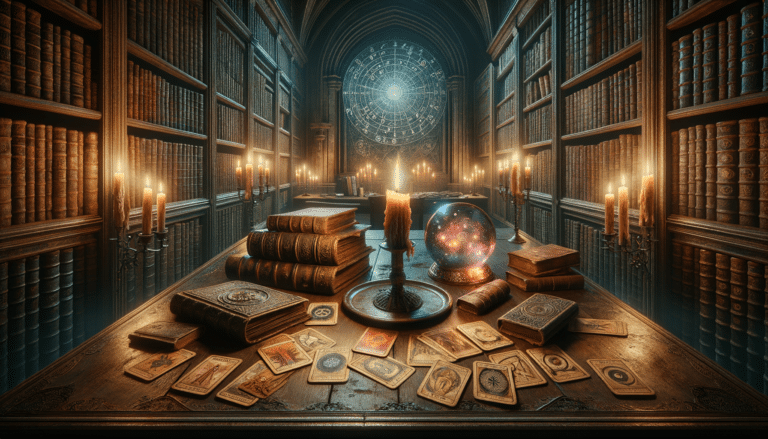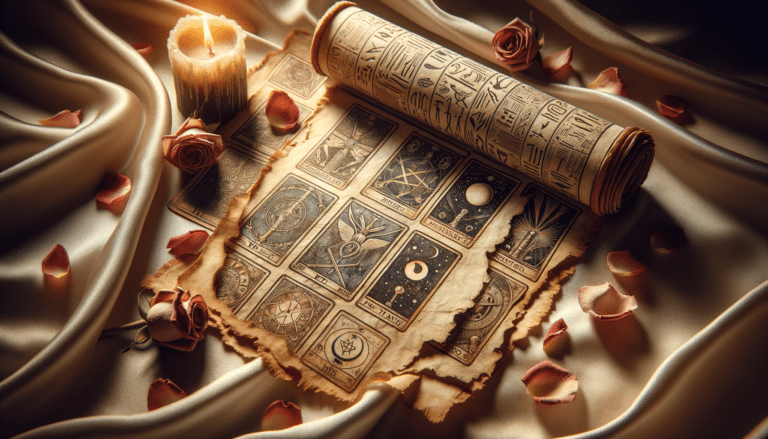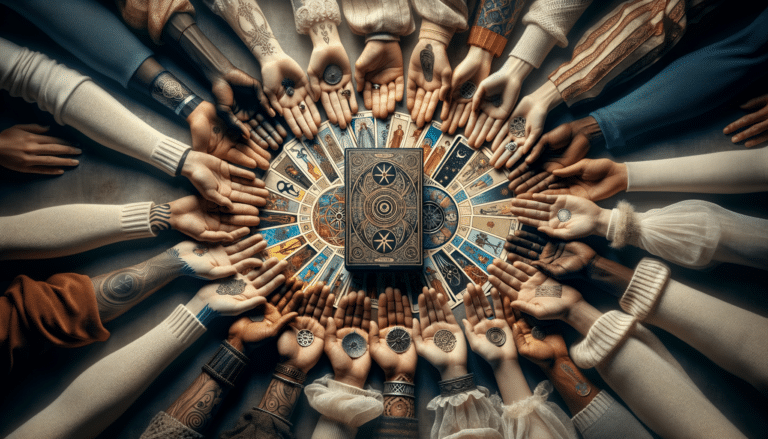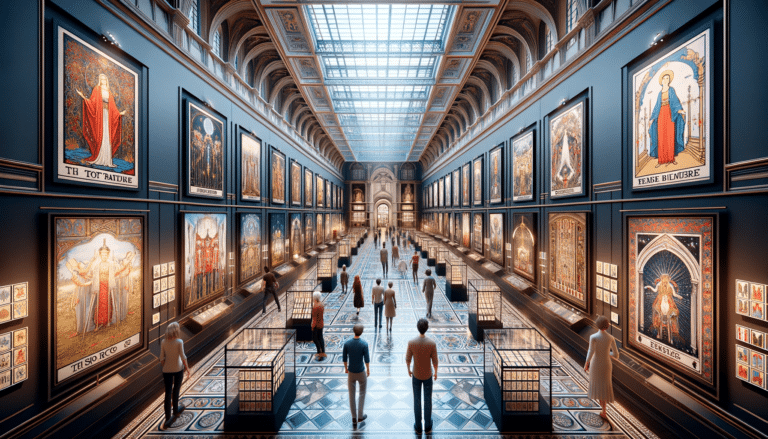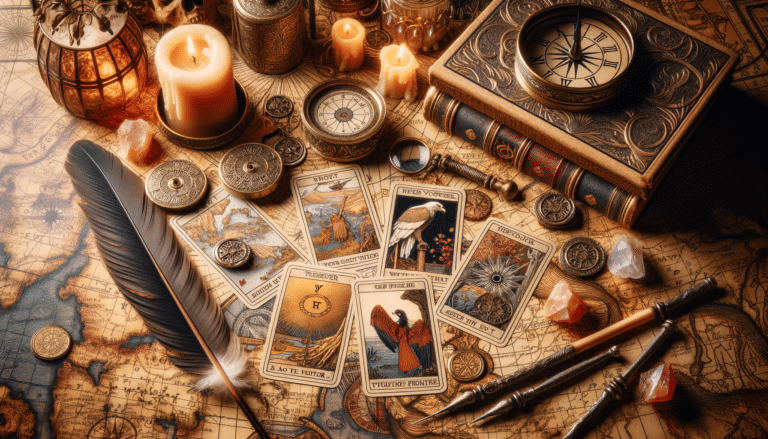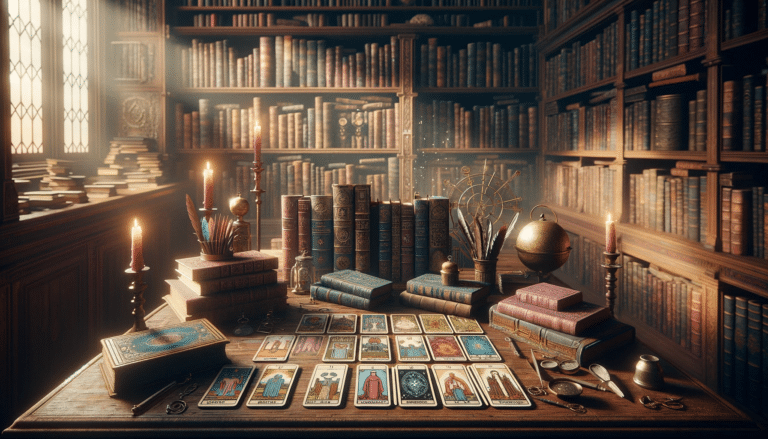Evaluating the Historical Accuracy of Tarot Readings
Over 70% of adults in the United States have reported at least a fleeting interaction with tarot readings.
You might be curious about the historical accuracy of tarot readings…
Tarot cards originated as playing cards in the 15th century before they transitioned into tools for divination. As you delve into their past, you’ll discover that assessing the precision of tarot readings is more complex than it appears. It’s not just about accurate predictions; you must consider the methods of interpretation and the context of the times.
Throughout history, from Renaissance Europe to modern-day, skepticism and debates have surrounded tarot’s legitimacy. By exploring notable historical readings and modern evolution, you’ll gain insight into how tarot has been perceived and the factors that influence its accuracy in reflecting the human experience.
Key Takeaways
- Tarot cards originated as playing cards in the 15th century and transitioned from being a parlor game to a tool for divination in the Renaissance.
- Tarot readings played a significant role in shaping personal and political decisions in Renaissance Europe and were popular among the nobility.
- Methods of interpreting tarot readings include intuitive reading, systematic study, and comparative analysis, with symbolism varying based on cultural, historical, and individual factors.
- There are debates and skepticism surrounding the predictive accuracy and scientific validity of tarot readings, with ongoing discussions about the legitimacy of tarot as a predictive tool.
Origins of Tarot Practices
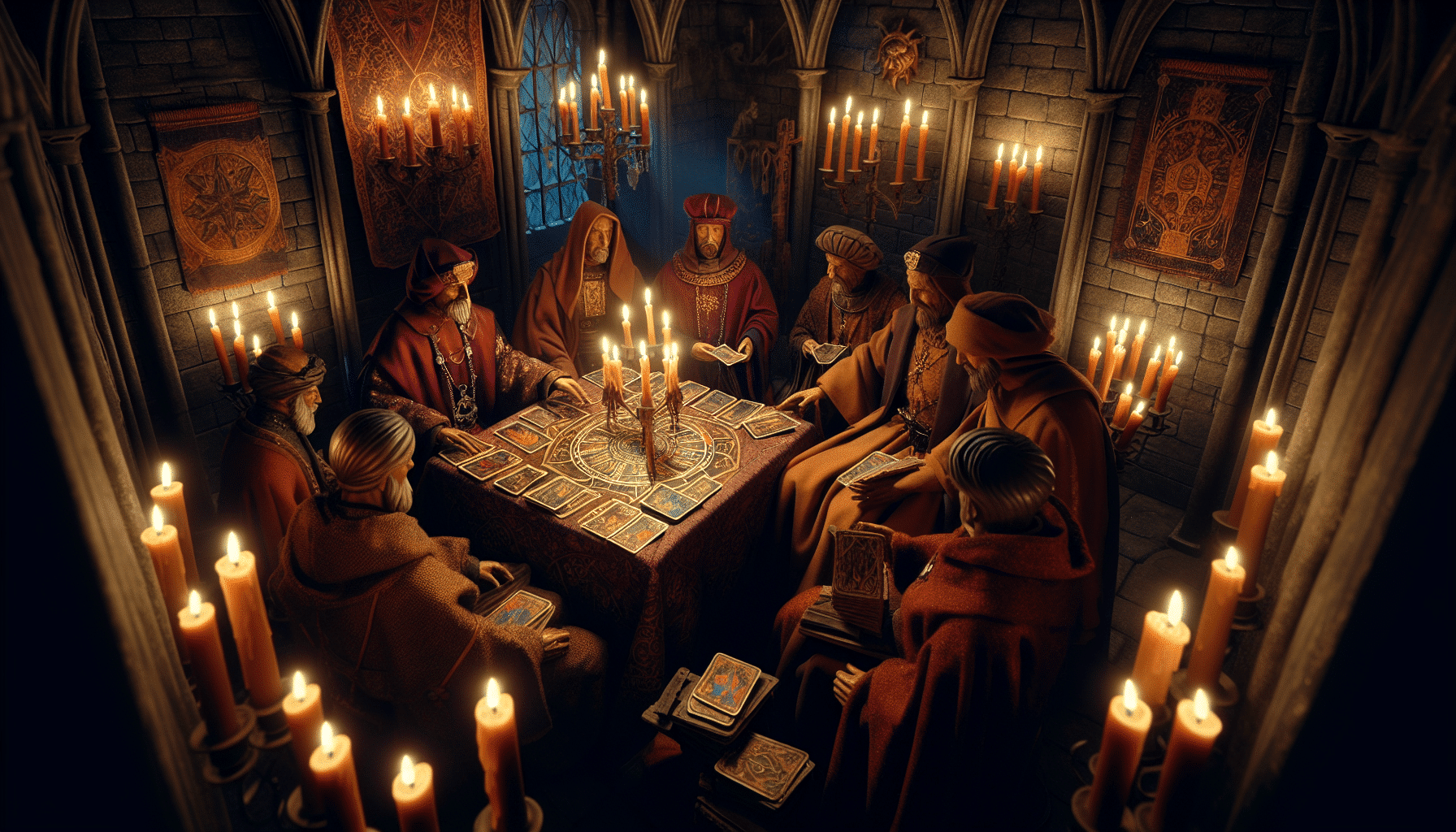
Before you delve into the accuracy of tarot readings, it’s essential to understand that their practices originated in the mid-15th century as card games among the European nobility. These games weren’t initially intended for divination, but for entertainment. The rich iconography and card symbolism now associated with mystical insight originally served as playful allegories and social commentaries.
As you trace the lineage of tarot, you’ll find the Mamluk cards of the Islamic societies are a fascinating precursor. These cards lacked the familiar tarot images but included suits and court cards. European travelers likely brought these concepts back, influencing the early tarot designs. The card symbolism you see in modern decks echoes the evolution of these visual elements across cultures and centuries.
Understanding tarot’s beginnings sheds light on how people imbue the cards with personal and cultural significance. It’s not just about the images themselves but what they represent to the reader and the querent. These roots explain why tarot can seem enigmatic, reflecting a tapestry of historical, social, and psychological threads.
Whether you regard tarot readings as accurate may depend on your personal beliefs, but recognizing their historical context is vital in appreciating their complexity and allure.
Transition to Divination Use
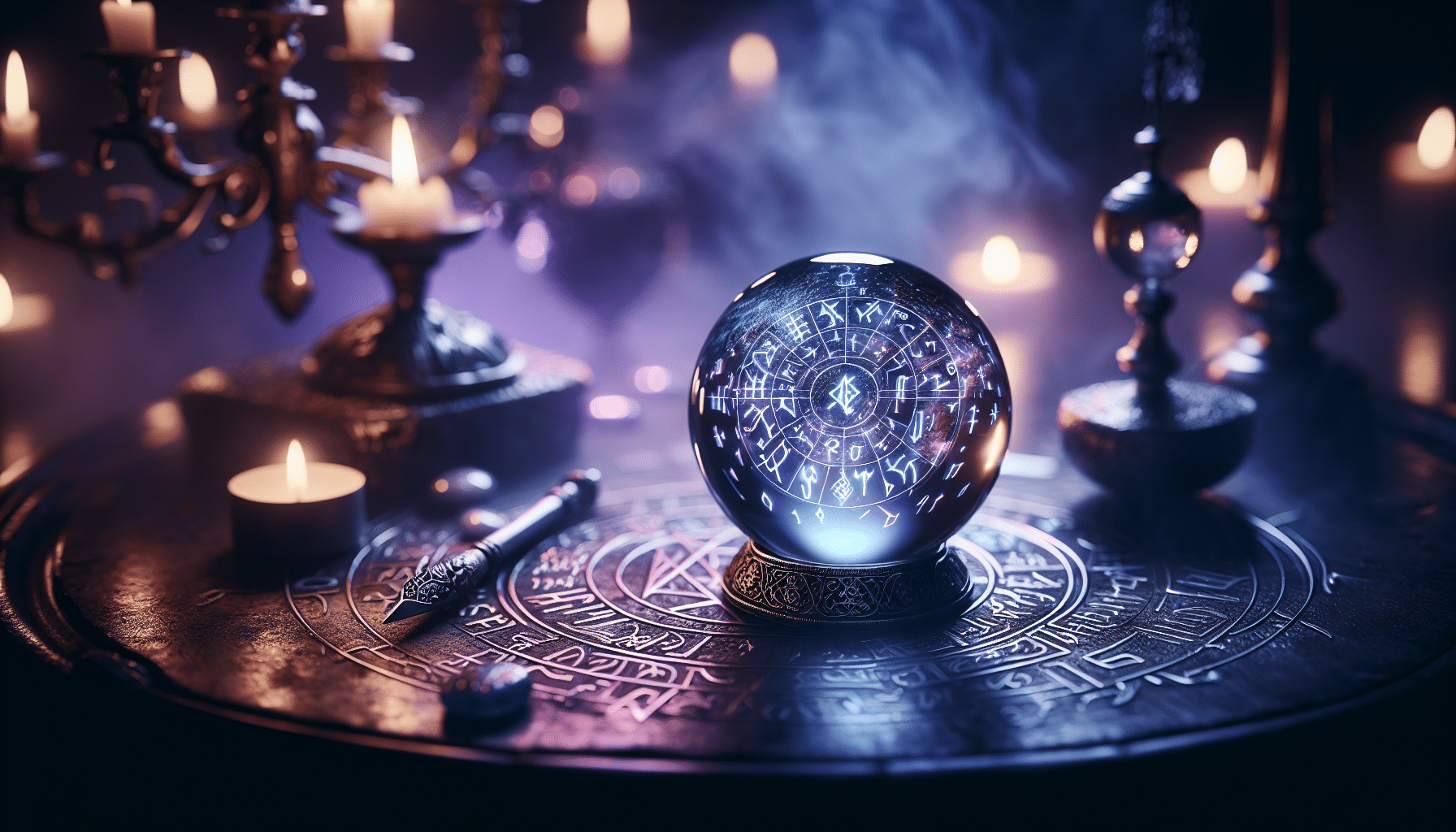
As you explore tarot’s history, you’ll notice a shift from parlor game to mystical tool for divination during the Renaissance. This period saw a marked change in how people perceived and used the cards. Originally designed for recreational play, tarot cards gradually took on deeper significance through their rich card symbolism, reflecting themes of life, death, love, and fortune that resonated with individuals seeking knowledge about their lives.
The occult transition of tarot began in the late 18th century. It’s around this time that tarot cards were reimagined as a key to the supernatural, a bridge between the mundane and the mystical. Figures like Antoine Court de Gébelin posited that tarot cards held ancient esoteric wisdom, connecting them to Egyptian mythology and other mystical traditions. This interpretation encouraged a more introspective use of the cards, leading to their adoption by mystics and occultists who valued the tarot’s symbolic nature for personal enlightenment and divination practices.
You can’t overlook the role of card symbolism in this transformation. Each image on a tarot card started to carry specific meanings, contributing to the cards’ use in divination. This change in usage revealed a growing fascination with the metaphysical, where tarot became a tool for accessing hidden knowledge and navigating one’s fate.
Check out our Tarot Decks & Oracle Cards here…
Notable Historical Readings

You’ll find that throughout history, tarot readings have often been at the center of significant personal and political decisions. Famous mystics were frequently consulted by those in power, and the outcomes of their readings could shape the fates of nations. The intricate card symbolism offered guidance and insight, interpreted by skilled readers to foretell the future or unravel complex situations.
Here are a few instances where tarot played a pivotal role:
-
Marie Anne Lenormand, a celebrated French fortune-teller, was known to use tarot cards among other tools. She provided readings for Napoleon Bonaparte and his wife Josephine, influencing decisions at a time when France was a dominant European power.
-
The Visconti-Sforza tarot deck, one of the oldest known, was potentially used for decision-making in the Italian courts of the 15th century. Its imagery could have helped to counsel and guide nobility during a time of political unrest.
-
Aleister Crowley, a controversial figure and occultist of the early 20th century, created the Thoth tarot deck. His readings and the rich symbolism in his cards have been a source of fascination for those studying tarot’s impact on historical events.
Understanding these historical contexts enriches your grasp of tarot’s influence and the weight of its symbolism in shaping the past.
Learn more with these best tarot books here…
Tarot in Renaissance Europe
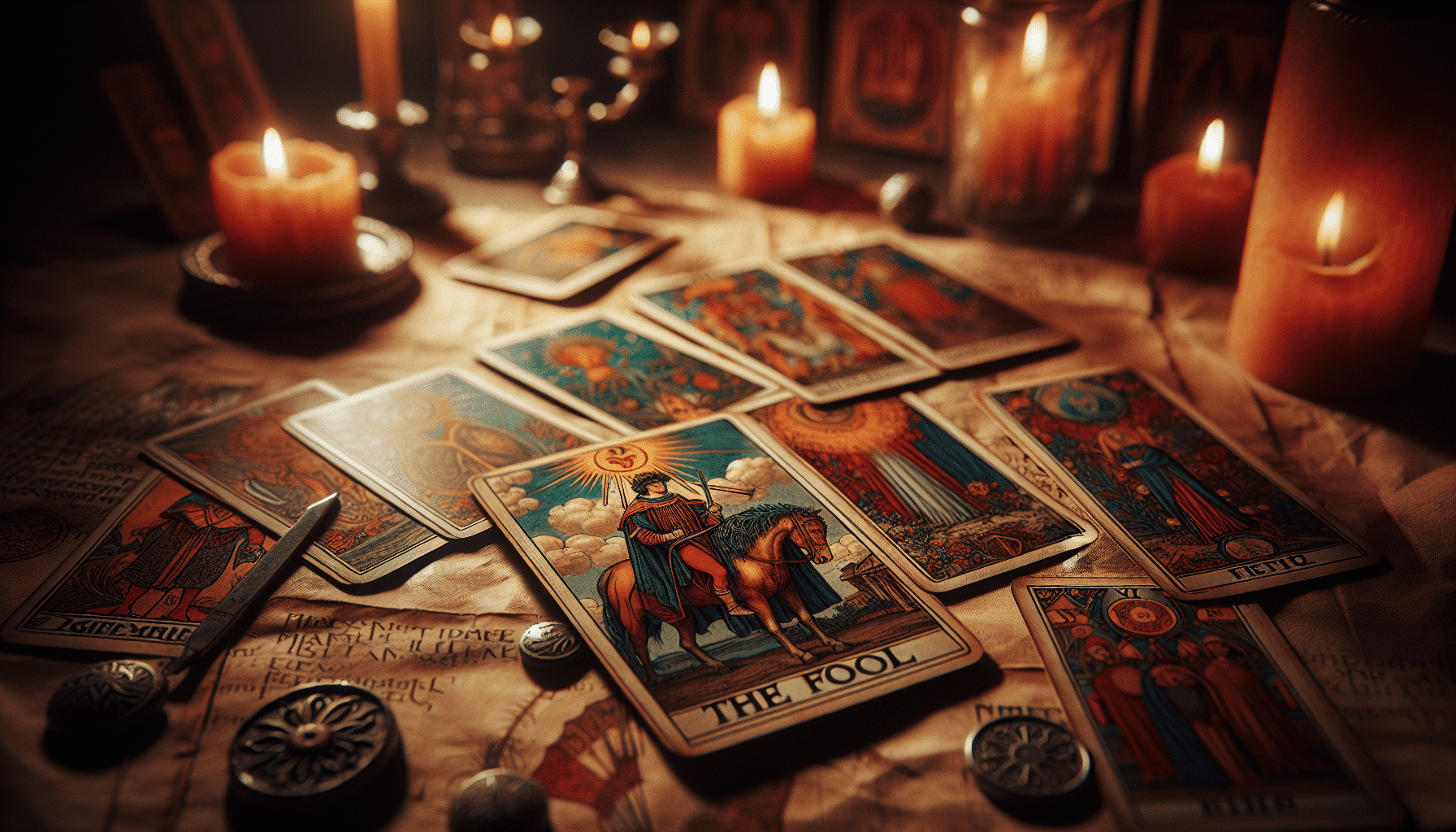
Your fascination with tarot’s role in shaping history deepens as we explore its use in Renaissance Europe, a period marked by cultural rebirth and intellectual exploration. During this era, tarot wasn’t just a tool for divination – it was steeped in Renaissance symbolism and echoed the period’s artistic and philosophical trends. The imagery on the cards often featured classical motifs and allegorical figures, prompting reflection and discourse among the educated elite.
As a courtly pastime, tarot readings were a popular diversion among the nobility. They reveled in the allegories presented through the cards, which mirrored the complexities of human experiences and the broader cosmos. The games played with tarot decks weren’t only entertaining but also a display of wit and sophistication, often involving intricate rules and a deep understanding of the symbolic language.
You’ll discover that the tarot’s significance in Renaissance Europe extended beyond mere entertainment. It served as a mirror to the era’s soul, capturing its essence through rich iconography and providing a pathway for self-discovery. The cards were a canvas where the spiritual and intellectual currents of the time left their indelible mark, offering a unique glimpse into the worldviews that were taking shape during this transformative period.
Learn even more secrets of the tarot history here…
Methods of Interpretation

In examining the historical precision of tarot readings, you must understand the varied methods of interpretation that have been used through the ages. Over time, readers have developed and refined different reading techniques, each incorporating unique approaches to card symbolism.
Consider these core methods of interpretation:
-
Intuitive Reading: This approach relies on the reader’s personal intuition to interpret the cards. The imagery and symbols on the cards serve as a catalyst for the reader’s psychic insights.
-
Systematic Study: Some readers focus on the established meanings of each card. They study traditional interpretations and historical perspectives to provide a reading grounded in tarot’s historical context.
-
Comparative Analysis: This method involves comparing the symbolism within the cards to other belief systems, myths, or archetypes. It’s a way to find common threads that can offer deeper insights into a reading.
You’ll find that card symbolism isn’t universal; it varies with cultural, historical, and individual factors. A card that represents triumph in one system may signal caution in another. Learning about these differences is key to understanding the accuracy and relevance of tarot readings throughout history.
As you delve deeper, you’ll appreciate the diversity and complexity of tarot’s interpretive frameworks.
Skepticism and Debates
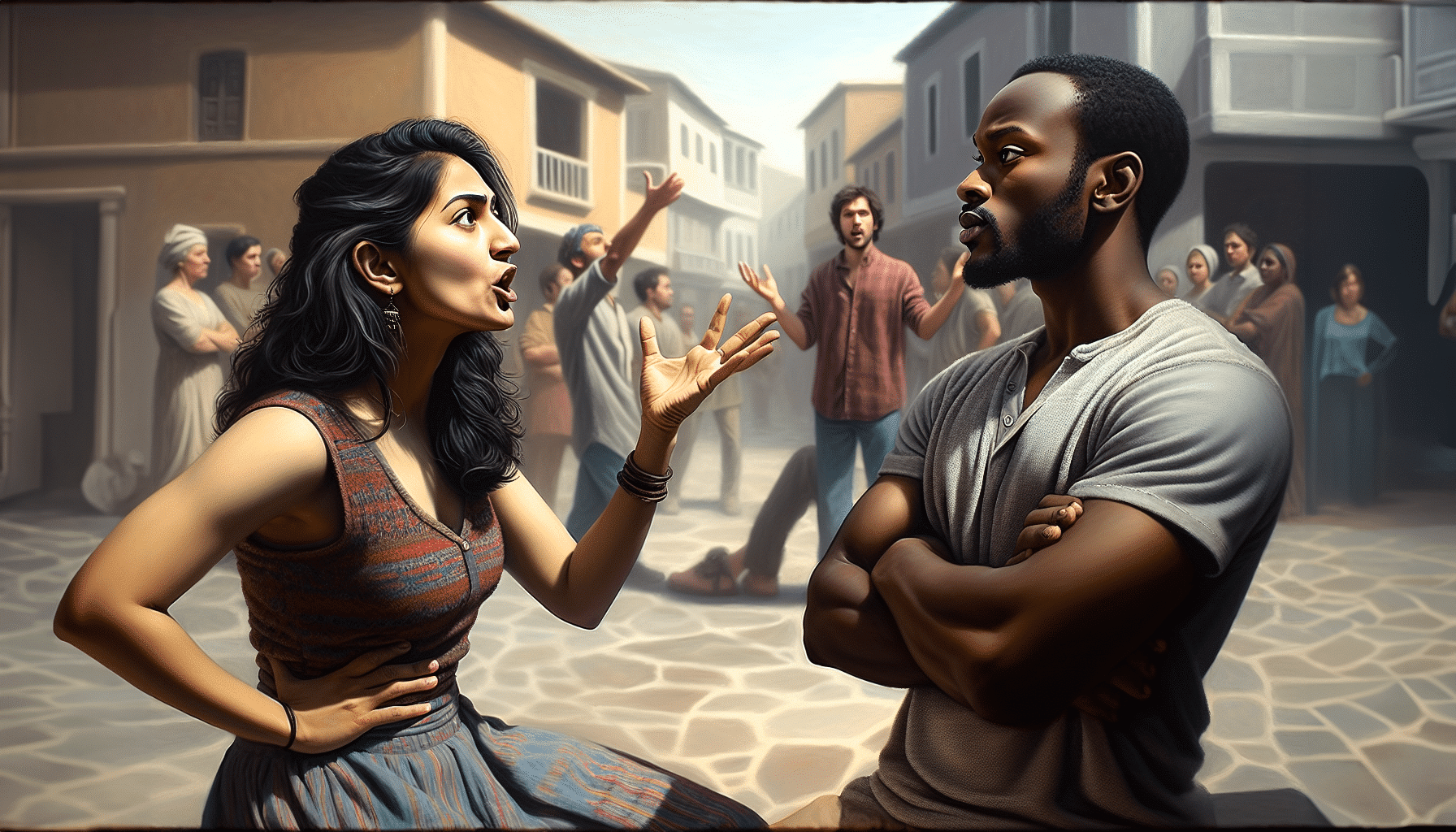
You’ve likely heard the debates surrounding tarot’s ability to predict the future, bringing its predictive accuracy into question. Critics often point to a lack of scientific support, raising concerns about the validity of tarot readings.
Yet, between belief and skepticism lies a spectrum of opinions, compelling you to consider where you stand.
Predictive Accuracy Questioned
Many skeptics question the predictive accuracy of tarot readings, arguing that they’re too vague to provide concrete, historical precision. They often see tarot as part of a broader category of psychic phenomena, which lacks empirical evidence and relies on subjective interpretation. The cultural impact of tarot is undeniable, but when it comes to verifiable predictions, the skepticism runs deep.
-
Subjectivity of Interpretation: Each reading is open to the reader’s personal biases and the querent’s situation, leading to non-specific outcomes.
-
Cold Reading Techniques: Skeptics observe that readers may use psychological strategies to make readings seem accurate.
-
Confirmation Bias: People might remember ‘hits’ and forget ‘misses’, giving the illusion that tarot readings are more accurate than they are.
Understanding these points can help you navigate the debates around tarot with a critical eye.
Scientific Validity Concerns
Often, you’ll find that the core of scientific skepticism about tarot readings stems from their lack of falsifiability and reproducibility, essential criteria for empirical validation.
Critics argue that tarot symbolism is open to wide interpretation, which can lead to a phenomenon known as psychological projection. This is where you, as the recipient, may unconsciously project your own feelings and thoughts onto the ambiguous images, seeing what you want or expect to see.
Consequently, this subjective experience makes it challenging for tarot readings to be assessed with the same rigor as scientific tests, where results must be consistent and repeatable under the same conditions.
This lack of scientific validity is a major point of debate among skeptics and believers alike.
Belief Vs. Scepticism
Your interpretation of tarot’s symbols ignites the enduring debate between belief and skepticism. As you explore the realm of tarot, you’re likely to encounter a spectrum of opinions on its validity and utility.
Here are a few key points to consider:
-
Psychic Ethics: The responsibility of tarot readers to provide readings with honesty and without exploiting clients.
-
Cultural Influences: The ways in which tarot’s interpretations are shaped by the society and culture they’re part of.
-
Personal Belief: How much an individual’s own belief system plays a role in the perceived accuracy of a tarot reading.
Modern Tarot Evolution

You’ve witnessed tarot’s historical journey; now, let’s turn to its contemporary transformations.
With each passing year, you see tarot’s interpretations evolve, reflecting modern sensibilities and societal shifts.
You can’t ignore the surge of digital platforms, which have revolutionized how you access and engage with tarot readings.
Contemporary Interpretations Shift
As you explore the evolution of tarot, you’ll notice that contemporary interpretations have markedly shifted from their historical origins. The card symbolism has transformed as readers and creators infuse modern sensibilities and psychological insights into the traditional images. Artistic variations abound, further personalizing the tarot experience and reflecting a diverse range of cultural influences.
-
Psychological Approach: Modern tarot often emphasizes personal growth and self-reflection over fortune-telling.
-
Inclusive Imagery: New decks strive for representation, featuring people of various ethnicities, genders, and sexual orientations.
-
Digital Accessibility: The rise of apps and online readings has democratized access to tarot, allowing more people to engage with its wisdom.
You’re witnessing a living tradition that evolves to meet the spiritual and introspective needs of contemporary society.
Digital Platforms Rise
In recent years, one significant shift in tarot’s evolution has been the surge of digital platforms offering readings and resources. You’ve probably noticed the influx of tarot apps on your smartphone, making personal readings accessible anytime, anywhere.
These digital tools have revolutionized how you interact with tarot, providing a variety of spreads and interpretations at your fingertips.
Online communities have also bloomed, connecting you with fellow enthusiasts and professionals worldwide. You can join discussions, share experiences, and deepen your understanding of tarot’s symbolism and history.
These platforms create a space where both beginners and experts can explore and validate their insights, thus democratizing the mystical art.
The digital age has certainly expanded tarot’s reach, ensuring that its ancient wisdom continues to guide seekers in a modern world.
Conclusion
You’ve witnessed the transformative tale of Tarot, from mystical roots to modern musings. Amidst Renaissance revelations and skeptical scrutiny, interpretations have ignited imaginations. Though historical hits and misses mingle, Tarot’s allure endures, evolving evermore.
Embrace the cards’ cryptic counsel cautiously, for their true test lies not in precise predictions but in personal perceptions and pathways pondered. Remember, reality’s resonance rests in your own reflections, not solely in the stars.

About The Author – Allen Hill
Allen Hill, the force behind Unknown Truth Tarot, has a YouTube following 6-times bigger than the population of his hometown, Miamisburg, Ohio. From his spiritually rich blog on Tarot and crystals to his role as CEO of The Unknown Truth Tarot Metaphysical Shop, Allen’s passion for the metaphysical shines through.
A master Tarot reader and “crystal junkie,” Allen is also a devoted dad to Dylan, 10, and Destiny, 24. When he’s not immersed in the world of Tarot and crystals, he enjoys poker and video gaming sessions, often humorously outplayed by Dylan.
Follow Allen on Twitter, Instagram, Facebook, TikTok, and subscribe to his Unknown Truth Tarot YouTube channel to join him on a journey of spiritual growth and self-discovery.

